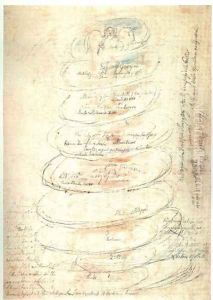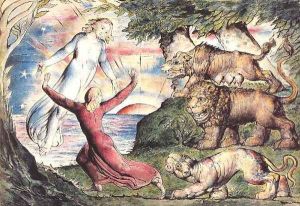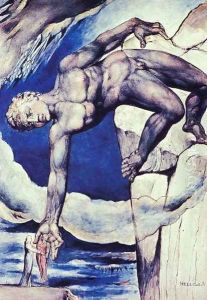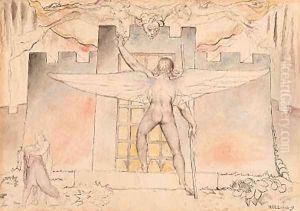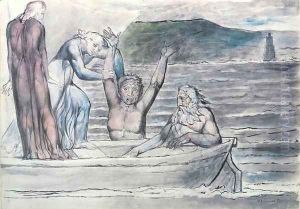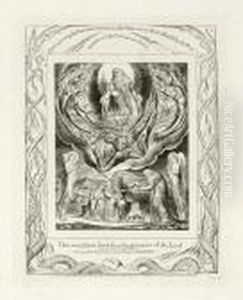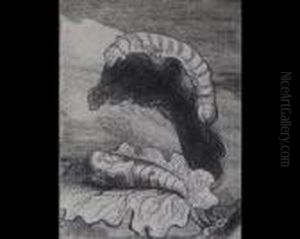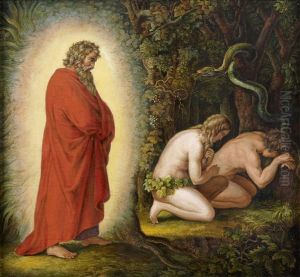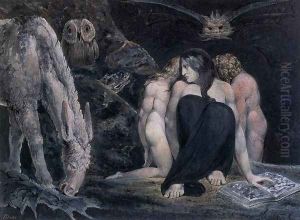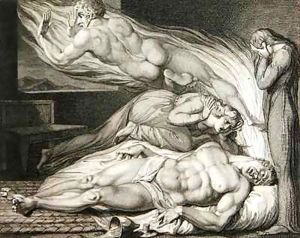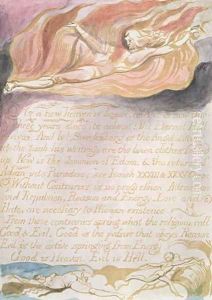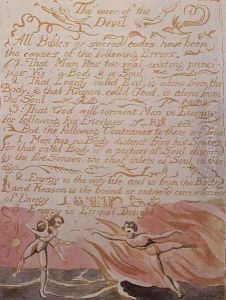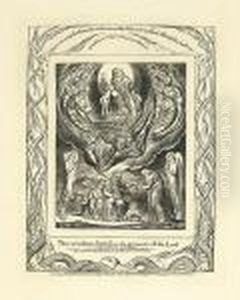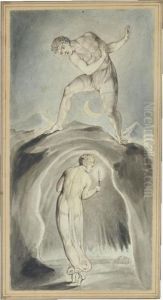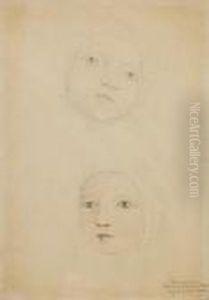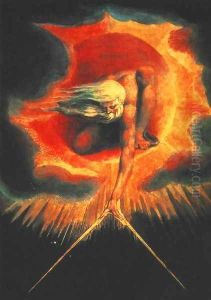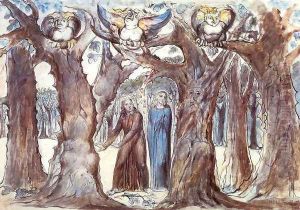





Inferno, Canto XIII, 1-45, The Wood of Self-Violators: The Harpies and the Suicides
-
About Reproduction
Discover the allure of art with our faithful reproduction of "Inferno, Canto XIII, 1-45, The Wood of Self-Violators: The Harpies and the Suicides", originally brought to life by the talented William Blake. Unlike posters or prints, our hand-painted oil painting breathes an unique sense of depth and texture into your space. Every detail, every stroke, and every texture is meticulously recreated, paying the perfect homage to William Blake and his artistic vision.
Owning this piece is more than just decoration - it's a statement of your refined taste in art. Let the vibrant colors and intricate details of this replica serve as a daily reminder of the beauty in our world. Elevate your decor and appreciate the richness of art with our replica of this masterpiece.
-
Painting Description
"Inferno, Canto XIII, 1-45, The Wood of Self-Violators: The Harpies and the Suicides" is a work by the English artist and poet William Blake, created as part of his series of illustrations for Dante Alighieri's "Divine Comedy." This particular illustration corresponds to the thirteenth canto of "Inferno," which is the first part of Dante's epic poem. In this canto, Dante and his guide, the Roman poet Virgil, enter the second ring of the seventh circle of Hell, where those who have committed violence against themselves—suicides—are punished.
Blake's illustration captures the dark and foreboding atmosphere of the Wood of the Suicides, a forest of gnarled and twisted trees that are actually the transformed souls of the self-violators. The harpies, hideous bird-like creatures with the heads of women, are depicted perching on the branches of these trees, tormenting the souls by feeding on the leaves, which represent the eternal suffering of the suicides.
The work is part of a larger collection of watercolors that Blake produced between 1824 and 1827, commissioned by John Linnell, an admirer of Blake's work. The illustrations were never completed to Blake's satisfaction before his death in 1827, but they remain a significant contribution to the visual interpretation of Dante's literary masterpiece. Blake's unique style, combining his mystical and visionary sensibilities with his skills as an engraver, brings a haunting and otherworldly quality to the scenes depicted in the "Divine Comedy."
The illustration of "The Wood of Self-Violators" is particularly noted for its evocative portrayal of despair and desolation, as well as its exploration of the themes of punishment and transformation. Blake's work continues to be studied and appreciated for its profound engagement with Dante's text and its own artistic innovation, making it a subject of interest for scholars of literature, art history, and the intersection of the two disciplines.
-
Lead Time & Shipping
When you order this oil painting replica, it typically takes 2-3 weeks to paint. If the artwork is more complex, it might need a little more time to ensure the best quality. Once it's ready, we'll send you a photo for your approval. After you give the green light, we'll ship it to you for free.
-
Return & Refund
We believe in the quality of our hand-painted oil painting reproductions, and your satisfaction is our priority. If for any reason, you are not completely satisfied with your purchase, we offer a 45-day return policy. You can return your artwork within 45 days of receipt and receive a full refund. Please note that the artwork must be returned in the original packaging and in the same condition as it was received.





